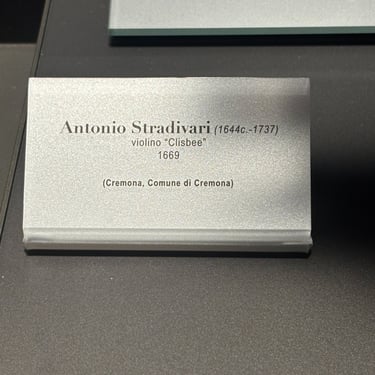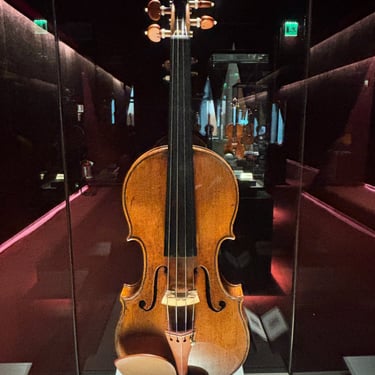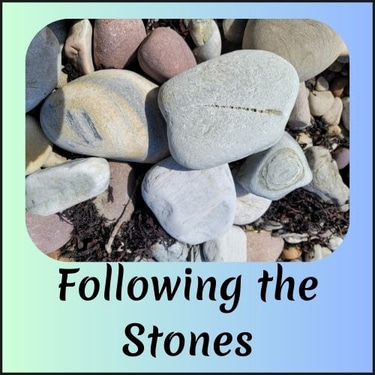Parma, Italy
Description: A city in the Northern region of Italy known as Emilia-Romagna, Parma has a population right about 200,000 people. Parma is on the Milan-Bologna railway line and has an international airport. There are multiple city and regional bus routes/lines. It is a very flat city, so easily walkable and accessible to those with disabilities. Historically, the Parma area has been inhabited since at least 1500 BC by all accounts. Ruins, artifacts and burial sites have been accurately dated that far. But Parma continues to celebrate their pivotal position in WWII history.
The entire Emilia-Romagna region is known world-wide and concurred by most Italians as their food capital. So much so, that in 2004 Parma was appointed the headquarters of the European Food Safety Authority and was appointed to the Creative Cities Network as a UNESCO World Heritage gastronomic city. World renowned for Prosciutto di Parma ham, Parmigiano Reggiano cheese, Balsamic Vinegar and their extreme adherence to every aspect in the production of them. It is no small wonder that the food dishes prepared in this region are also of the highest quality and flavor profile.
Descriptive Word: COMMUNITY - All over town we joined great community gatherings including farmer’s markets, a carnival, a summer festival, and even a SLOW FESTIVAL. Yes, with the busy family life these days, Parma celebrated SLOW living for a weekend. Food and craft booths lined the street, musicians played on two stages, public speakers presented on social topics, and there were even giant board games set up for people of all ages to play.
Summary of Thoughts: Italy is divided into 21 regions. Each region has its own personality. When planning our trip, we were most excited about visiting the Emilia-Romagna region. In the north central part of the country, it almost stretches from coast to coast and is one of the leading agricultural regions. This means farms and farm-fresh food products. But, Parma was also well connected with a convenient train and busses which used an easy tap in/out system.
People who visit this region typically spend a week or so in Bologna, the capital city of the region. Bologna is most known for having the oldest university in the world. From Bologna, most tourists will take daytrips to the birthplaces of Ferrari, Lamborghini, Balsamic Vinegar, and Parmigiano-Reggiano cheese.
Unlike most visitors, we made Parma, Italy our homebase for an entire 30-days. To us, Parma was a perfect location. Flat and walkable, we were able to meander through museums, shopping areas, restaurants, parks, historical squares, and churches. Cheaper than Bologna, we rented a darling 1-bedroom apartment on the opposite end of town from the train. It was residential with wonderful grocery stores, cafes, and bakeries within 4 blocks. The main square, Piazza Garibaldi, was a healthy 0.5 mile walk which was perfect for a morning walk or after dinner stroll. Instead of day trips to Parma, we took day trips to Modena, Bologna, and Cremona. Parma was a great place to call home for a while.
Number of Days we visited: 26
Analyzed Costs: How much did we spend? In Parma we completed three separate day trips to Bologna, Modena, and Cremona and all of the museums and sites associated with those trips. We spent $340 one day on a personalized small group production tour of Parmesan Cheese, Parma Ham, and Balsamic Vinegar which also included three samplings and a full lunch with regional wine. It was totally worth the cost. Our personal costs were quite high this month. Besides buying some new shirts and toiletry products, we splurged in Parma and sent a box of food products home. Shipping for the box cost almost as much as the food we sent, but it arrived in 3 days (unlike the post office which took 6 weeks to ship a postcard). The medical costs for the month were the purchase of vitamin supplements.

Parma, Italy Gallery
Field Trip!
We booked a tour of three production facilities to learn how the quality foods of Parma are made to EXACT specifications for Parmigiano-Reggiano Cheese, Parma Ham, and Balsamic Vinegar.
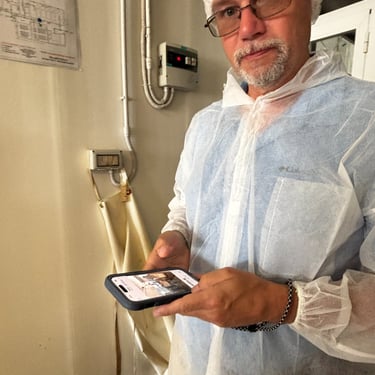
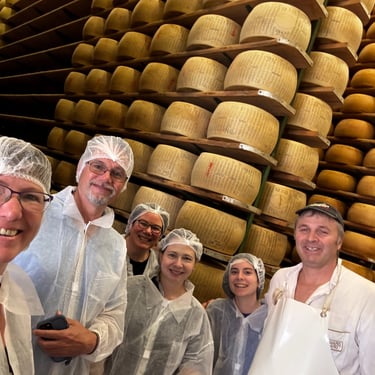
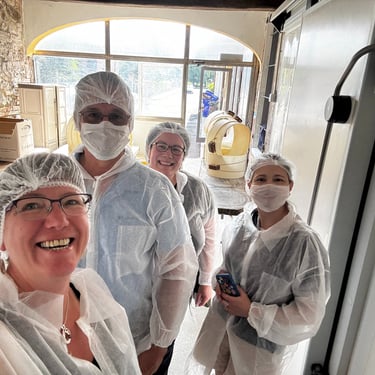
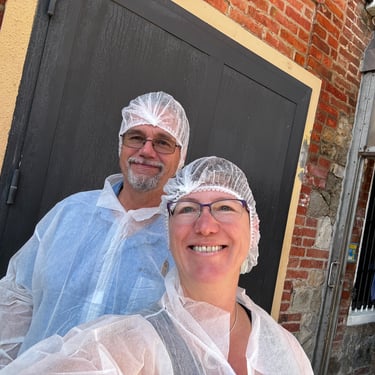
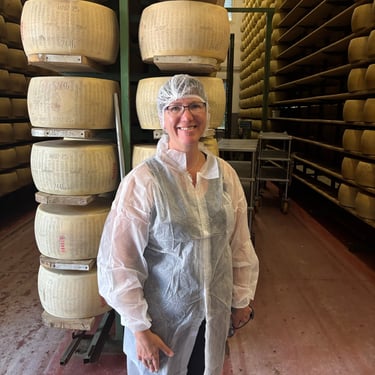
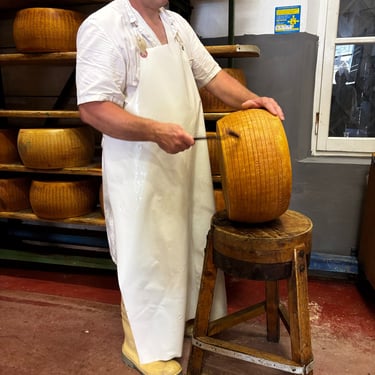
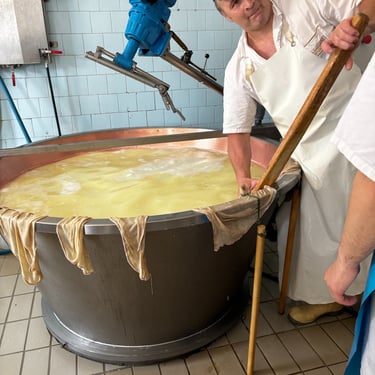
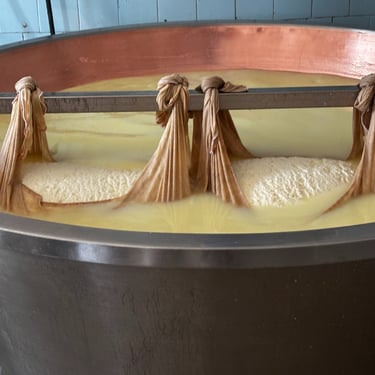
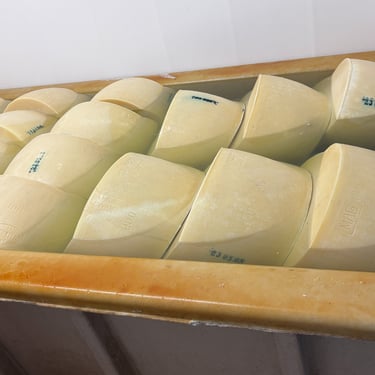
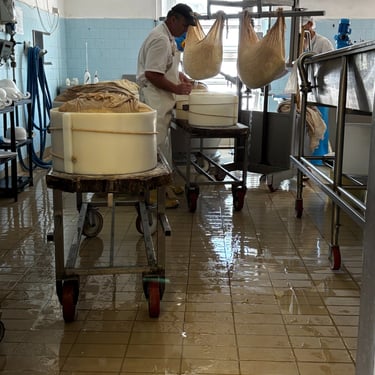
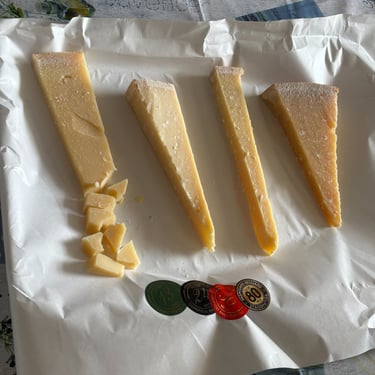

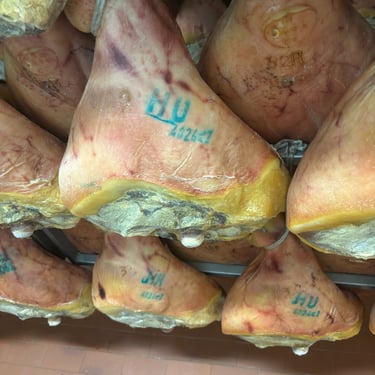
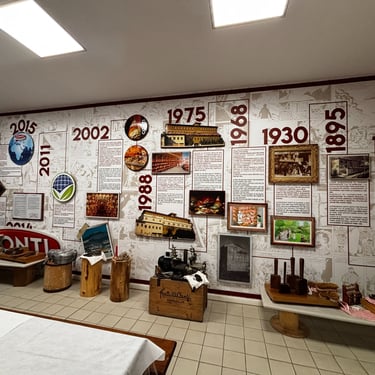
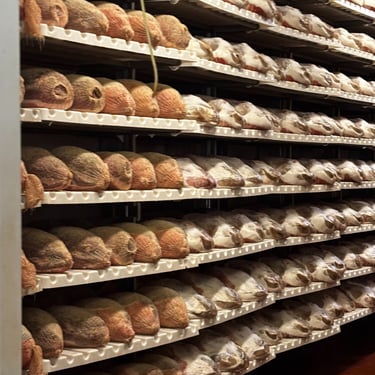
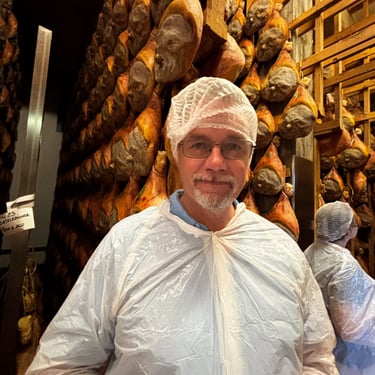
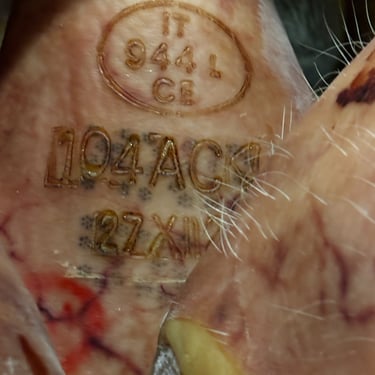
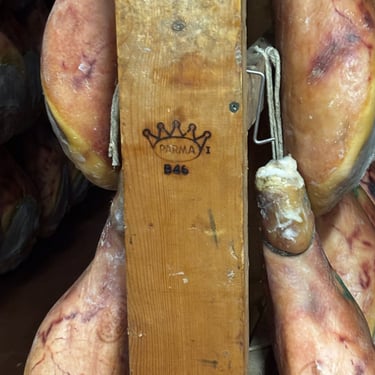
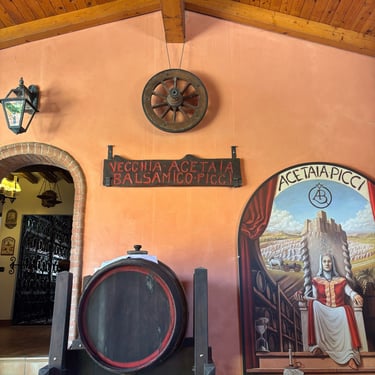
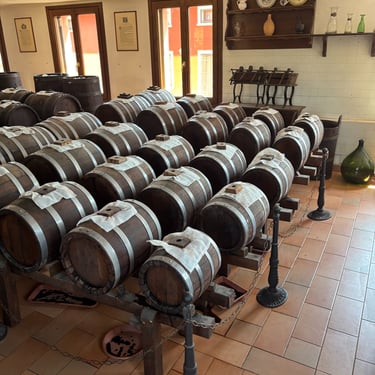
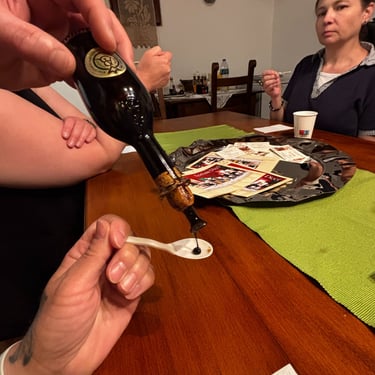
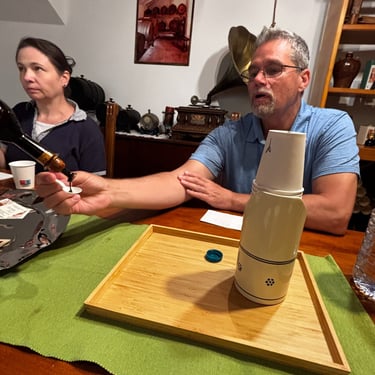
Visiting the Museo del Violino in Cremona, Italy.
Formerly known as the Stradivarius Museum after Antonio Stradivari, possibly the most well-known violin maker in the world. The museum is known for its unique collection of extremely rare stringed instruments, many of which were made well over 400 years ago.
There are many different sections within the museum that highlight the art of making the instruments, the differences between them and the evolution of certain types. There are interactive displays that allow the patrons to learn what each piece of a violin is called, and what the purpose is. There is also a room designed acoustically to allow a complete surround sound experience of a short musical presentation.
The most impressive area for us was the Giovanni Arvedi Auditorium. Each Saturday a select master violinist plays a recital on one of the antique, priceless violins, with security guards present. The purpose is to keep the instrument correctly tuned, as they are “alive” in a sense, having been made to bend, move and resonate with extreme attention to detail.
We were ecstatic to be two of approximately 75 people seated in the auditorium for a 40-minute recital. Aurelia Macovei, who has been studying the violin since she was six years old, performed with the Cremona Clisbee violin built in 1669 by Antonio Stradivari. Her performance was stunning and the instrument divine. You can hear this same instrument on YouTube.
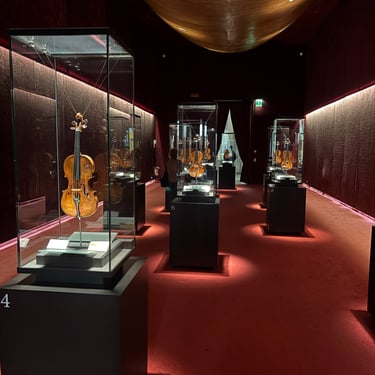
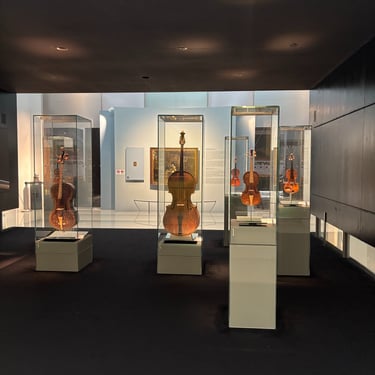
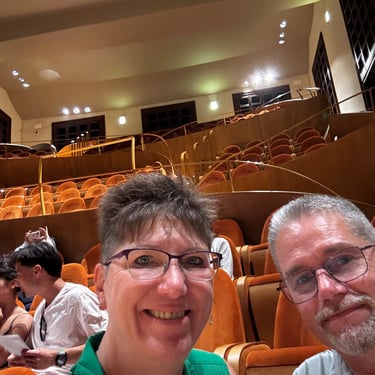
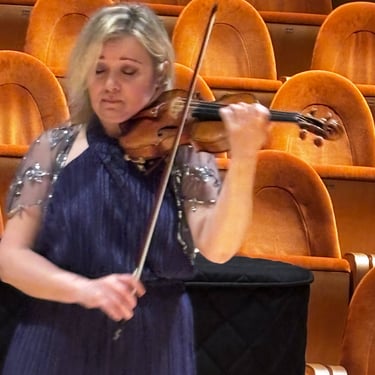
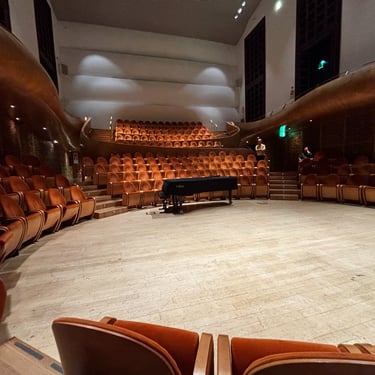
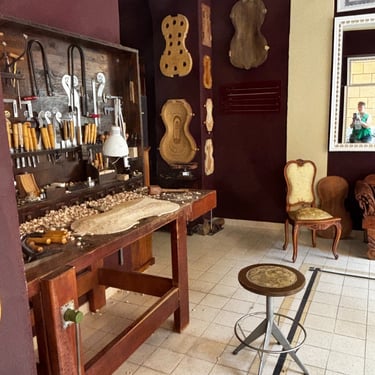
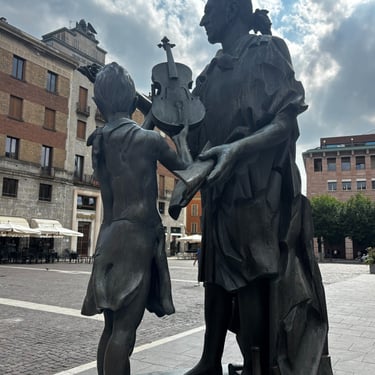
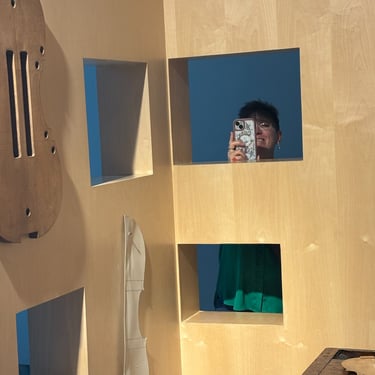
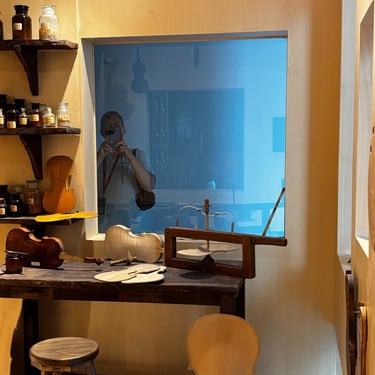
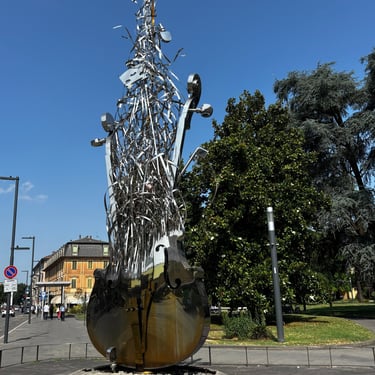
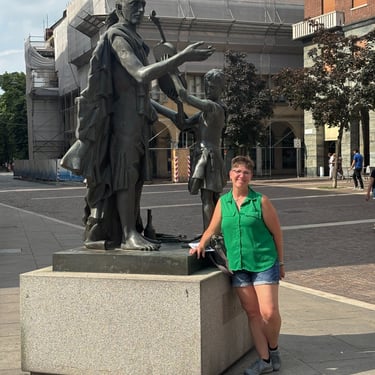
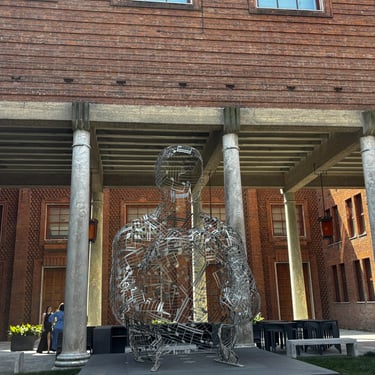
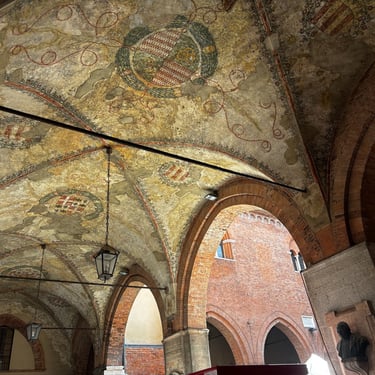
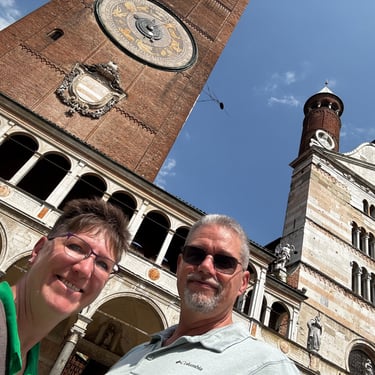
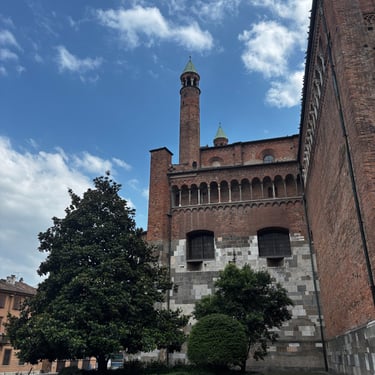
Our Accommodations
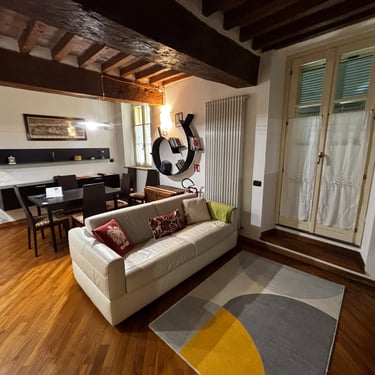
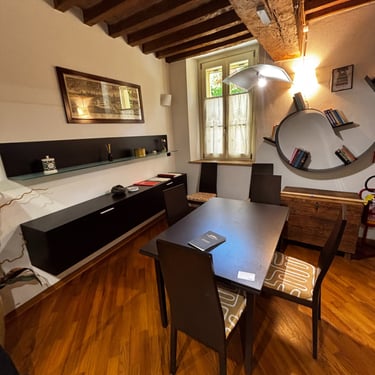

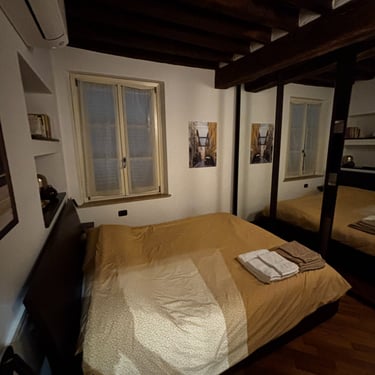
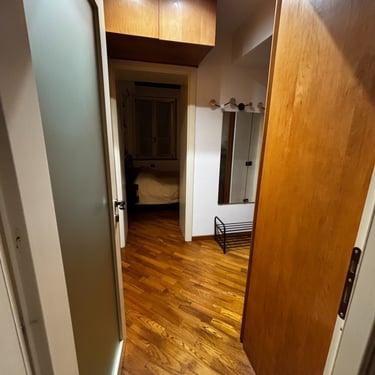
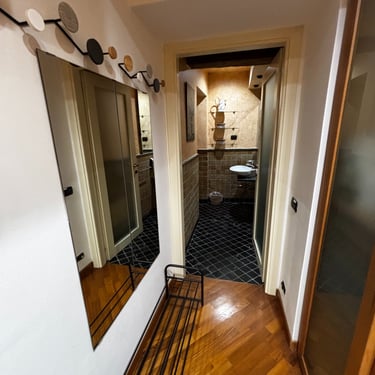
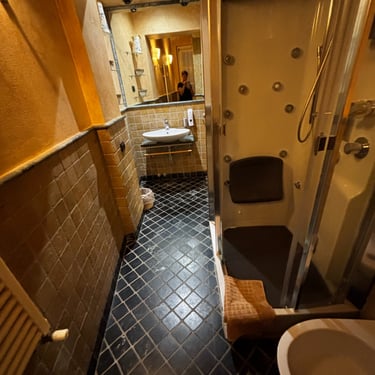
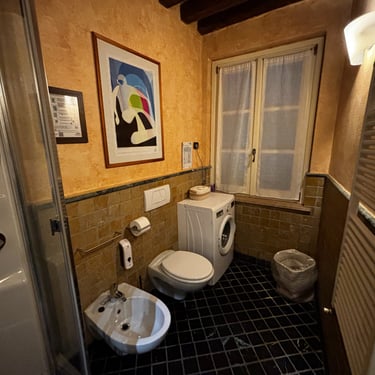
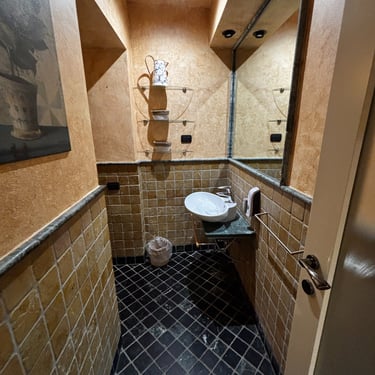
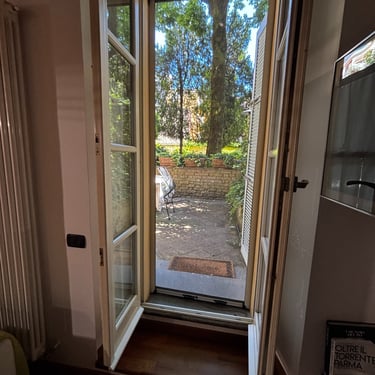
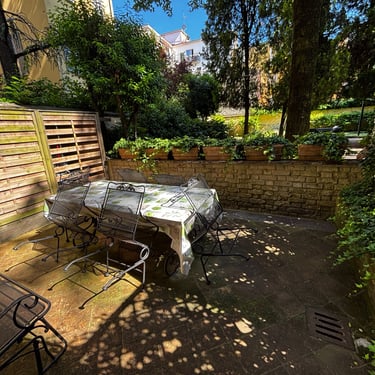
The Impact of World War II on Parma
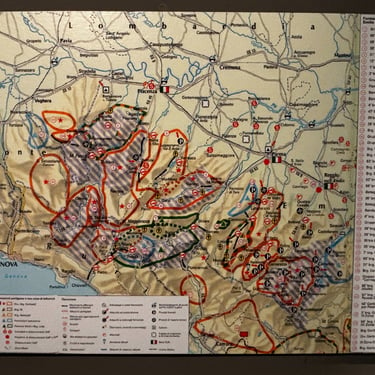
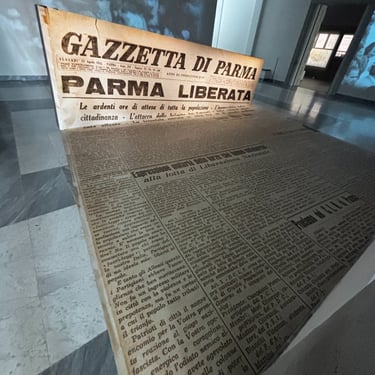
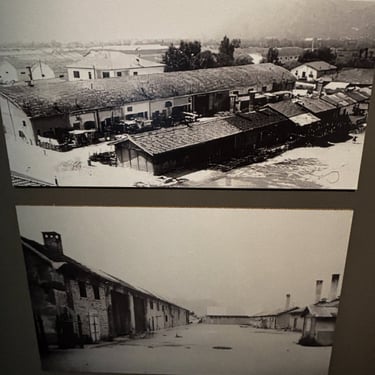
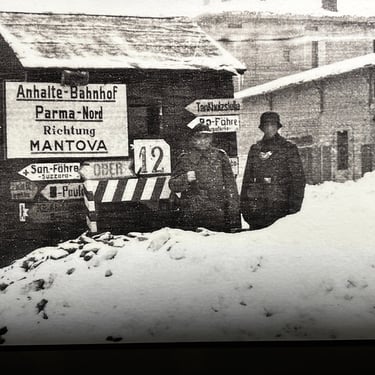
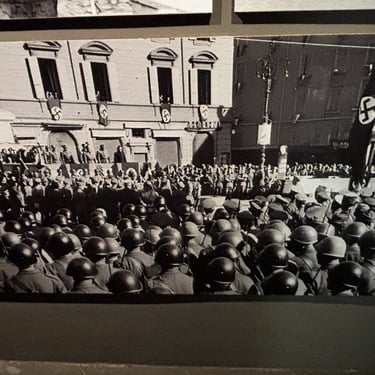
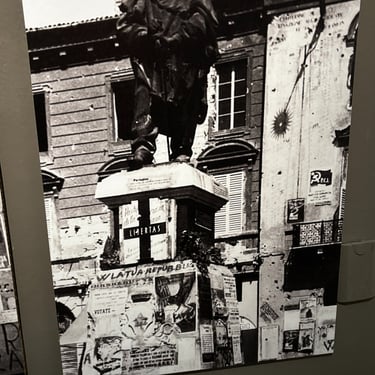

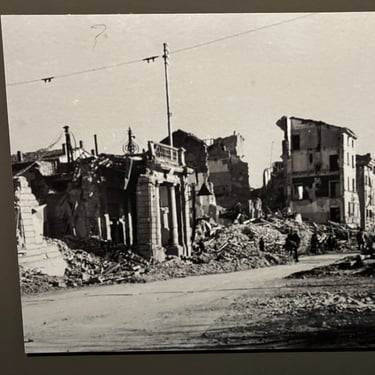
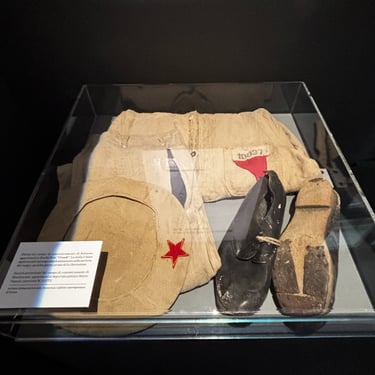
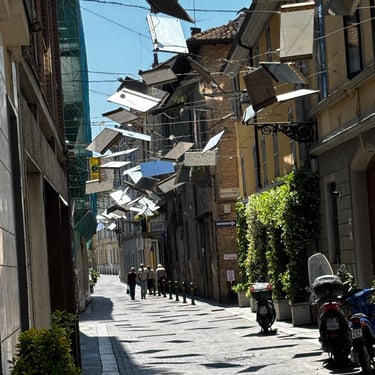
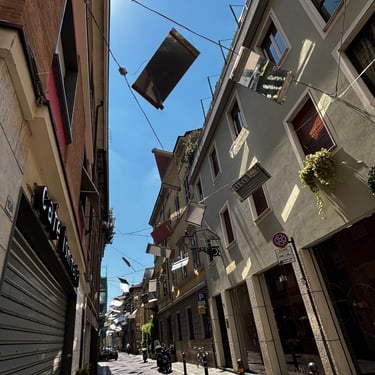
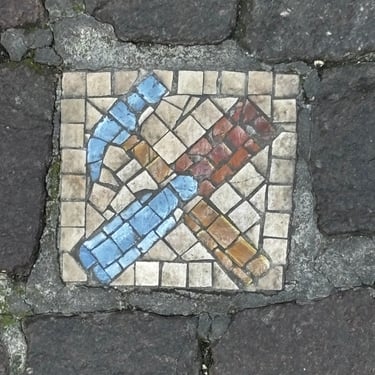
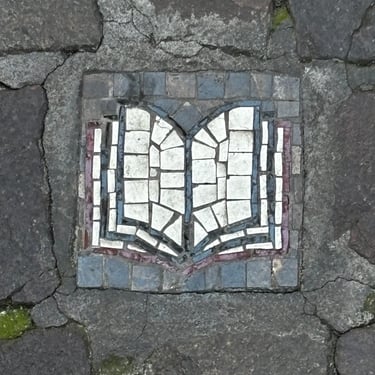
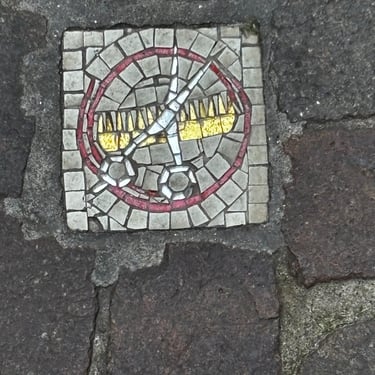
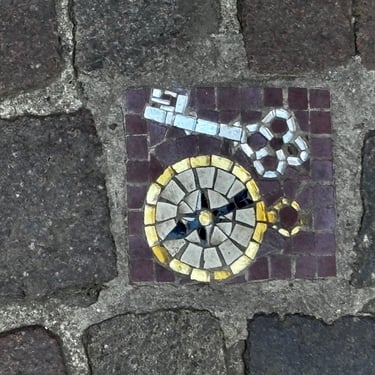
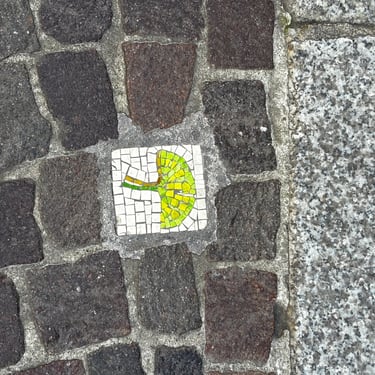
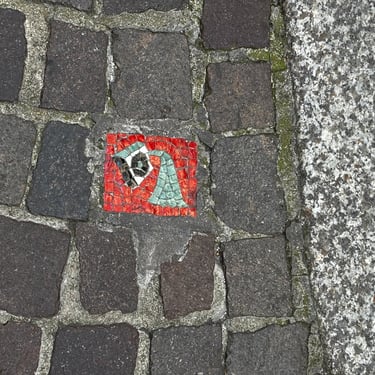
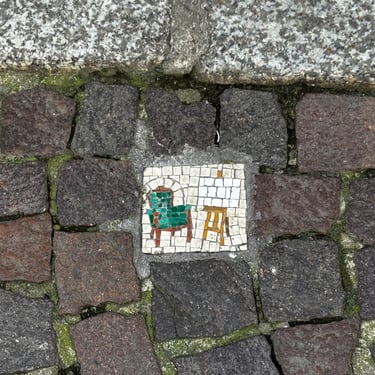
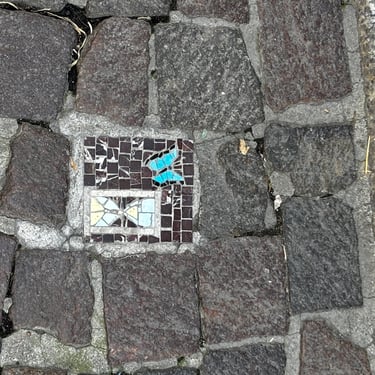
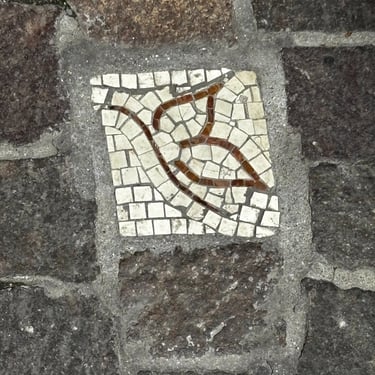
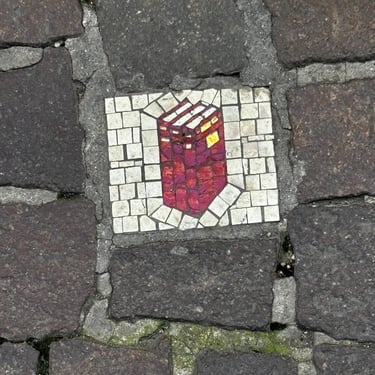
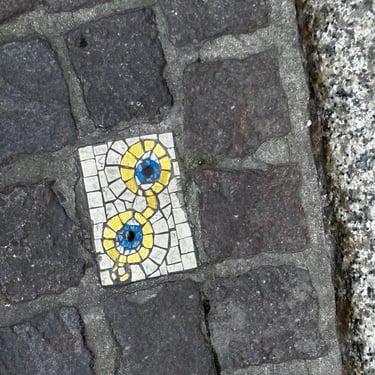
Art in Parma:
These mosaic tiles sit on the street in front of the shops so you can identify their services.
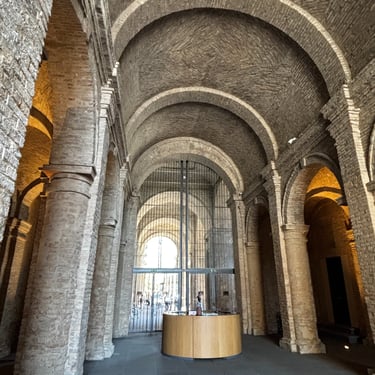
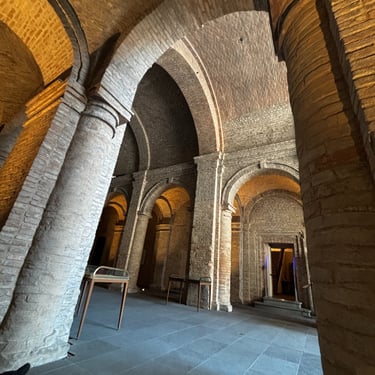
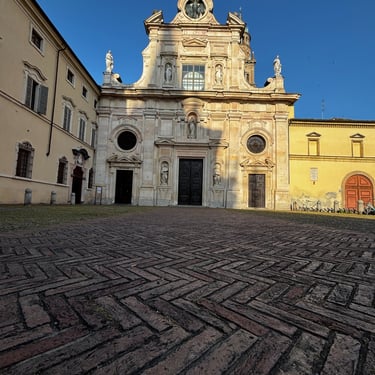
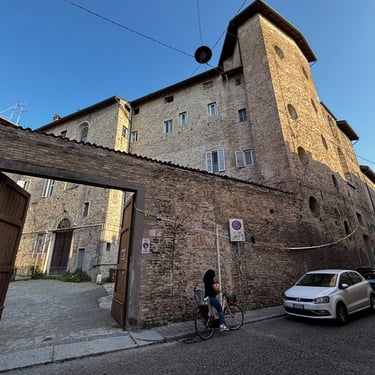
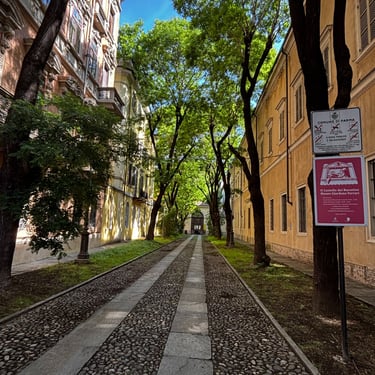
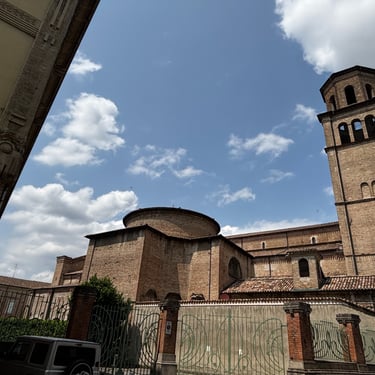
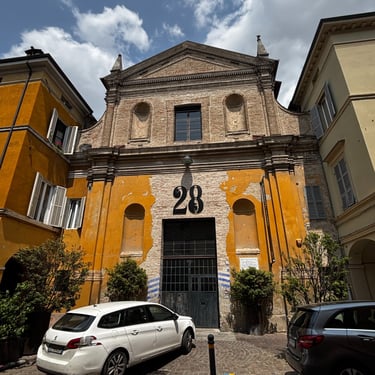
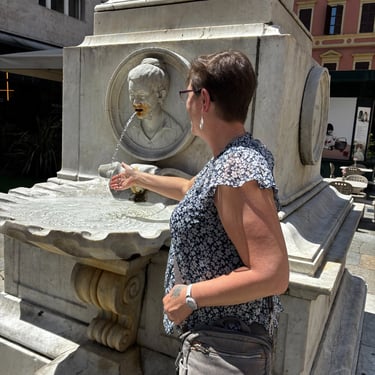
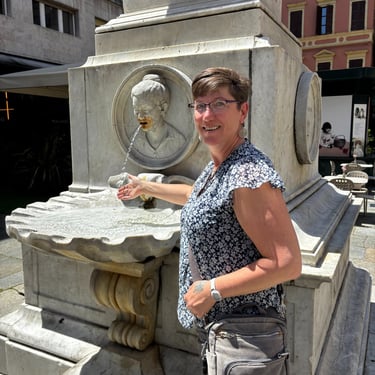
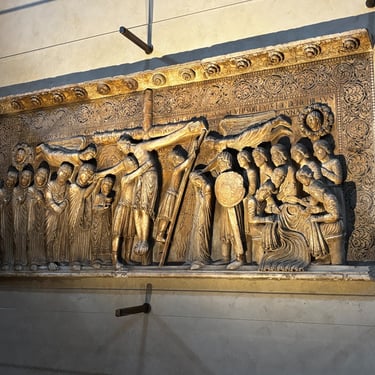
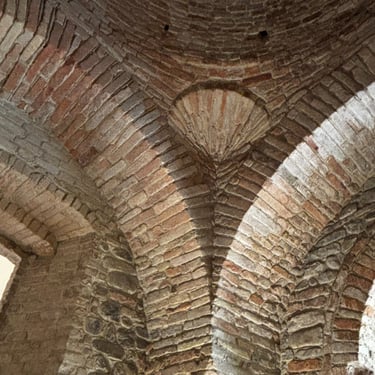
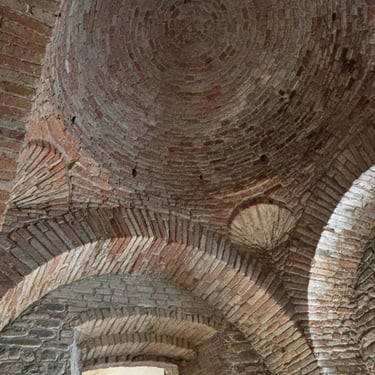
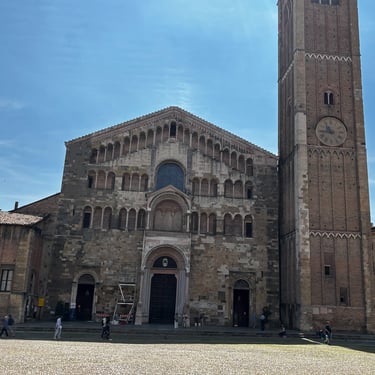
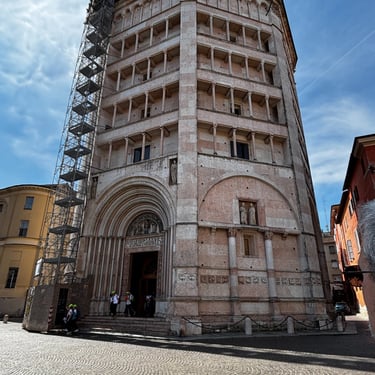
The Stones of Parma
